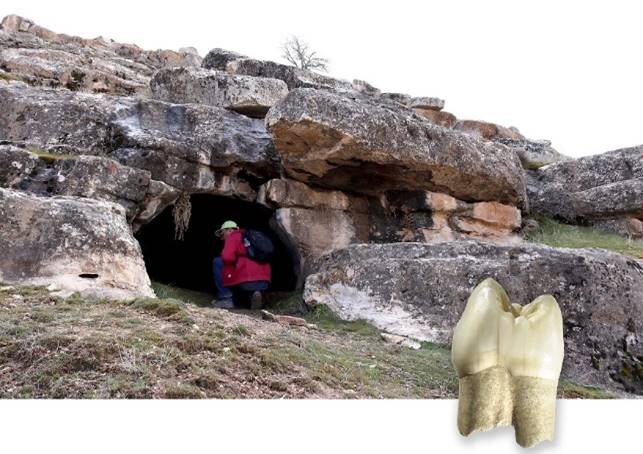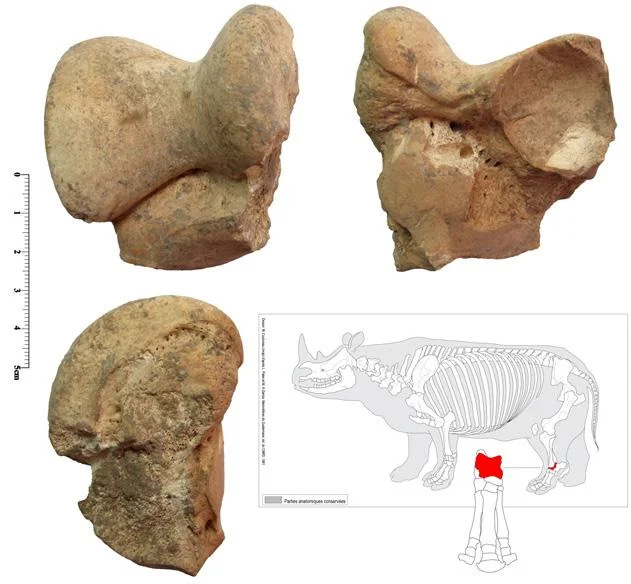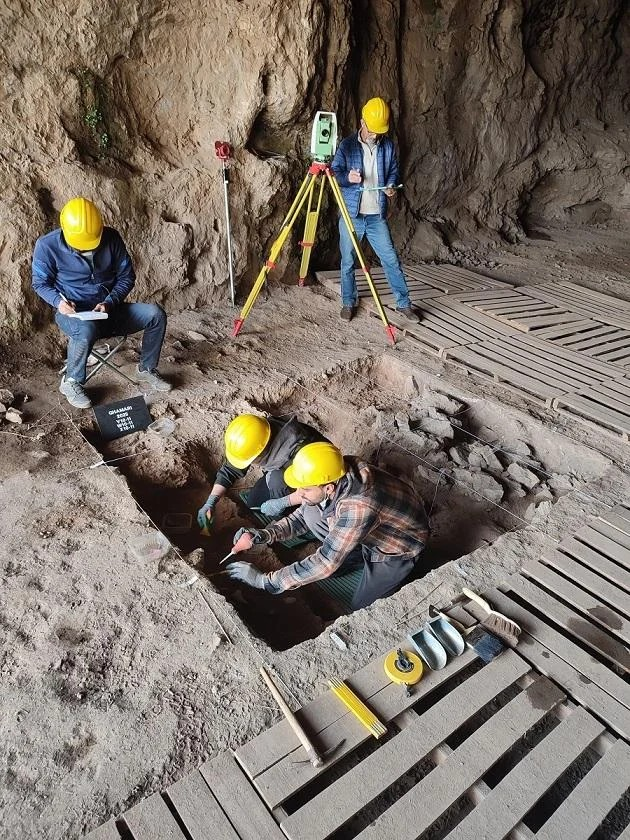Prehistoric Animal Remains in Iran’s Wezmeh Cave Reveal Astonishing Picture of Zagros Biodiversity
The Wezmeh Cave in Iran’s western Zagros Mountains has yielded an astonishing collection of prehistoric animal remains, painting a vivid and unprecedented picture of the region’s ancient biodiversity. Discovered in 1999 and subject to ongoing excavations, this limestone chamber has proven to be one of the richest faunal sites in Western Asia. The sheer volume and diversity of bones, spanning tens of thousands of years, reveal a dynamic ecosystem that was alternately a predator’s den, a natural trap, and intermittently, a shelter for early humans, including Neanderthals.

The faunal assemblage from Wezmeh Cave is remarkably diverse, showcasing both extinct megafauna of the Late Pleistocene and species that hint at later environmental and cultural shifts into the Early Holocene. Among the prominent finds are the bones of fearsome carnivores such as the extinct Eurasian cave lion (Panthera spelaea) and spotted hyena (Crocuta crocuta spelaea), alongside brown bears, wolves, and various wildcats. Herbivore remains include wild horses, asses, the extinct narrow-nosed rhinoceros, wild boar, red deer, aurochs, wild goat, mouflon, and gazelles, illustrating a rich tapestry of large mammals that once roamed the Zagros landscape.

Beyond the impressive list of species, the Wezmeh Cave remains offer critical insights into paleoenvironmental changes and human-animal interactions. The presence of both carnivore-accumulated bones and some showing evidence of human modification, such as burning, suggests complex dynamics. Later deposits even include domesticated sheep and goats, indicating the arrival of early Neolithic pastoralists and a transition in human subsistence strategies. This continuous record from Wezmeh Cave is invaluable for reconstructing the ecological history of the Zagros Mountains, underscoring its significance as a biodiversity hotspot through vast stretches of prehistory and a crucial site for understanding human adaptation to a changing world.
